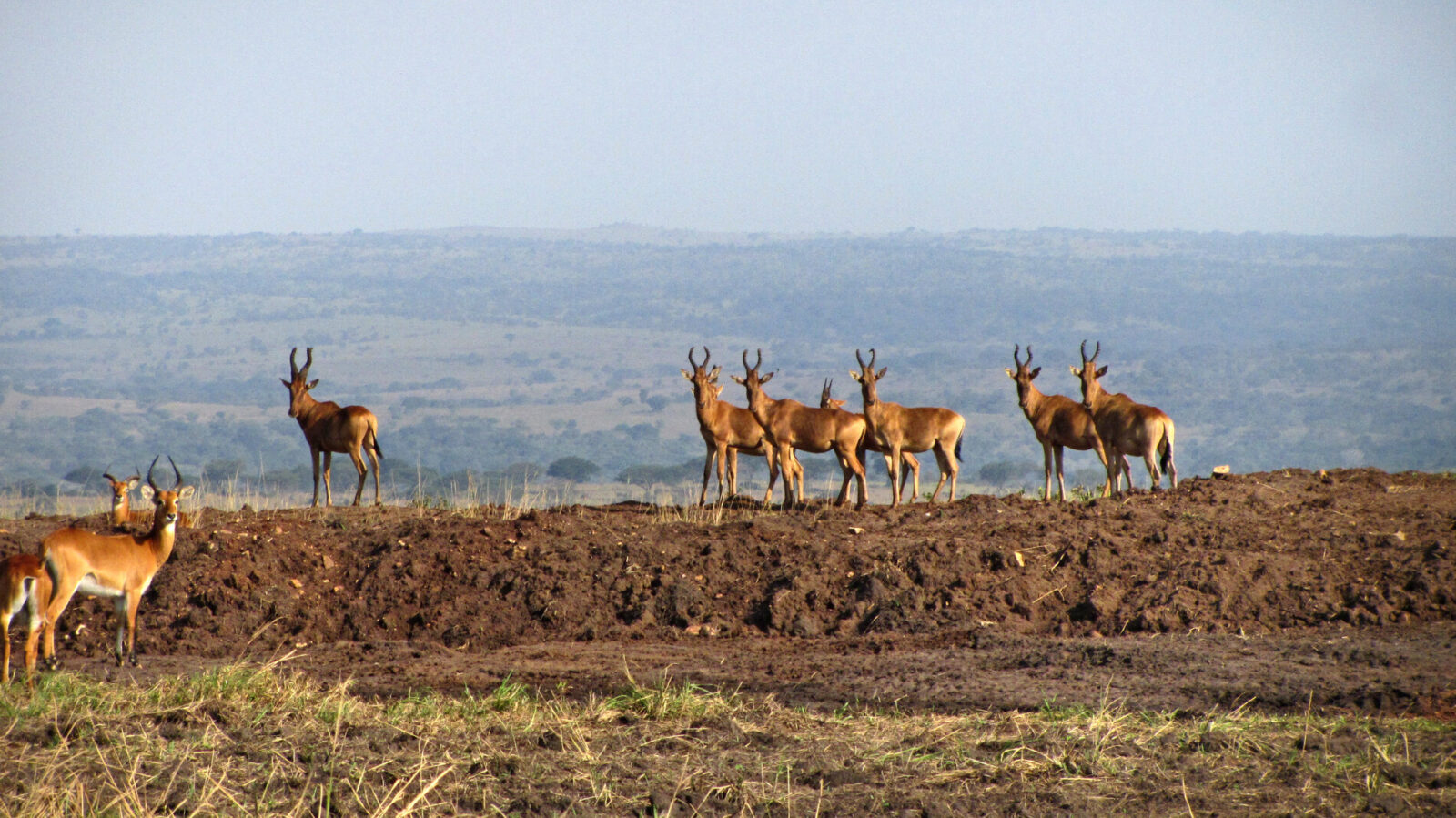© WildHorn Africa. All Rights Reserved.
Bandingilo National Park, also referred to as Badingilo, is one of South Sudan’s most remarkable conservation areas. Located in the Equatoria region, near the capital city of Juba, this expansive protected area covers roughly 10,000 square kilometers and plays a critical role in preserving the biodiversity of the White Nile floodplain ecosystem. Although still relatively undeveloped in terms of tourism infrastructure, Bandingilo is globally significant for its wildlife, especially its role in hosting the second-largest terrestrial mammal migration in the world.
Brief History of Bandingilo National Park
Bandingilo National Park was officially established in 1992 during the time when South Sudan was still part of the larger Republic of Sudan. The primary objective behind the park’s creation was to protect the region’s vital migratory corridors, rich savannahs, seasonal wetlands, and unique wildlife populations. Following South Sudan’s independence in 2011, Bandingilo became part of the newly sovereign nation’s network of national parks and protected areas.
Unfortunately, years of civil unrest, political instability, and underdevelopment hindered conservation efforts and kept the park largely off the radar for international tourism. In recent years, however, there has been renewed interest from conservation NGOs and local authorities to restore and promote Bandingilo’s ecological importance, laying the groundwork for future eco-tourism and wildlife preservation efforts.
What to Do at Bandingilo National Park
Though still in its early stages as a tourist destination, Bandingilo offers intrepid travelers a rare opportunity to witness one of nature’s greatest spectacles—the annual migration of vast herds of antelope, including white-eared kob, tiang, and Mongalla gazelle. This incredible phenomenon, often overlooked on the global stage, involves over a million animals traversing the open plains and floodplains of Bandingilo and its neighboring parks in a seasonal search for water and grazing land.
The migration rivals the Serengeti in size and ecological significance but remains one of the least disturbed and least observed events of its kind. Beyond the migration, the park is home to elephants, giraffes, lions, leopards, buffalo, warthogs, and spotted hyenas, making it a potential Big Game safari destination in the future. For birdwatchers, the wetlands and acacia woodlands attract a diverse range of birdlife, from wading birds and storks to raptors and endemic species. Bandingilo also offers meaningful cultural experiences for those interested in visiting the local communities, such as the Mundari, Bari, and Dinka people, whose livelihoods and traditions are closely tied to the natural environment.
How to Get to Bandingilo National Park
Access to Bandingilo National Park is relatively convenient compared to many other remote parks in South Sudan. The park lies about 85 kilometers east of Juba, the nation’s capital, making it reachable by road in approximately two to three hours under favorable conditions. The journey requires a four-wheel-drive vehicle, especially during the rainy season when roads can become difficult to navigate.
While public infrastructure remains underdeveloped, travelers can also explore the possibility of arranging private charters or logistical support through conservation organizations working in the region. Due to the country’s security context, it is highly recommended that all travel be planned through registered tour operators or in coordination with NGOs operating within South Sudan.
Accommodations at Bandingilo National Park
Tourism infrastructure within Bandingilo National Park is currently minimal, and there are no established safari lodges or hotels within the park boundaries. Visitors who wish to explore the park should come fully prepared for basic camping, as wilderness campsites are the only available option in most cases. These require self-sufficiency in terms of tents, supplies, food, and water, as there are no formal facilities provided.
In some instances, research stations or NGO field camps may be able to offer temporary accommodations for visiting researchers, conservationists, or authorized guests. For travelers preferring more conventional lodging, staying in Juba is the most practical option. The capital city offers a selection of mid-range to high-end hotels and guesthouses, which can serve as a base for day trips or short excursions into the park until more tourism-friendly infrastructure is developed in the area.
Wildlife and Conservation Significance
Bandingilo National Park is a cornerstone of South Sudan’s natural heritage and a critical piece in the puzzle of East African biodiversity conservation. Its vast floodplains, open savannahs, and acacia woodlands form a mosaic of habitats that support a wide range of flora and fauna, many of which are threatened or vulnerable due to habitat loss and poaching. The park’s importance is magnified by its role in the massive antelope migration that stretches into Boma National Park and across the border into Ethiopia’s Gambella National Park.
This transboundary migration sustains predator-prey dynamics and supports ecological processes vital to the region’s health. Despite its natural wealth, Bandingilo faces several challenges, including illegal poaching, unregulated cattle grazing, encroachment, and limited conservation capacity. However, ongoing efforts by international NGOs, community-based organizations, and the South Sudan Wildlife Service are slowly beginning to strengthen protection and awareness. Community engagement is a critical component of these efforts, as sustainable conservation cannot succeed without the involvement and support of local people whose lives are intertwined with the land.
Bandingilo National Park remains one of Africa’s least explored and most underrated protected areas, yet it holds extraordinary ecological and cultural value. Its immense landscapes, extraordinary migration, and potential for community-based conservation make it a beacon of hope for the future of sustainable tourism in South Sudan. While challenges remain, the park is a hidden gem awaiting responsible discovery, offering a frontier safari experience for those willing to venture off the beaten path.

 WildHorn Africa – Authentic and unforgettable tours across Africa, guided by local experts who know the land, wildlife, and culture best.
WildHorn Africa – Authentic and unforgettable tours across Africa, guided by local experts who know the land, wildlife, and culture best.


